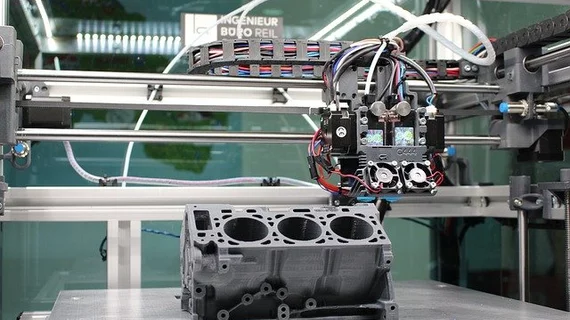How a newly secured 3D printing patent could stabilize radioisotope production
While it may seem like the uses for 3D printing are virtually endless, one of its most recent applications is of particular importance, as it could help stabilize the supply of critical medical radioisotopes.
Recently, a patent for 3D printed uranium targets was secured by the National Center for Nuclear Research (NCBJ) in Swierk, Poland, and it could increase the production of molybdenum-99 (Mo-99) globally.
Mo-99 is one of the most widely used radioisotopes in medicine. It is produced by irradiating small targets containing low-enriched uranium-235, which is then converted into Mo-99. Because of the special way Mo-99 is produced, its production is limited; just five nuclear reactors in the world can produce the isotope.
“The global demand for molybdenum-99 is huge. It is a radioisotope that is usually produced in research nuclear reactors, i.e. in devices with limited production capacity. That is why it is so important to constantly improve the methods of its production,” said patent co-holder Paweł Sobkowicz (NCBJ)
The type of 3D printing involved in producing uranium targets involves laser sintering of metal powders. It uses a laser to selectively melt a thin layer of powder and can be repeated as many times as necessary once the first layer is fixed.
The benefit of 3D printing these targets is that it enables for optimization of the shape of the targets, which in turn more effectively manages how much the target heats up. When the targets heat up less, uranium-235 content in them increases. This process allows for more Mo-99 production per exposure.
“3D printing techniques have been known for a long time, but so far they have not been used to produce uranium targets for neutron irradiation in reactors. However, we believe that this way of producing targets can have a number of advantages,” Sobkowicz said.
This should come as welcome news to both patients and providers, as numerous unforeseen issues among the five nuclear reactors capable of producing Mo-99 have resulted in multiple shortages of medical isotopes in 2022.
To learn more, click here.

